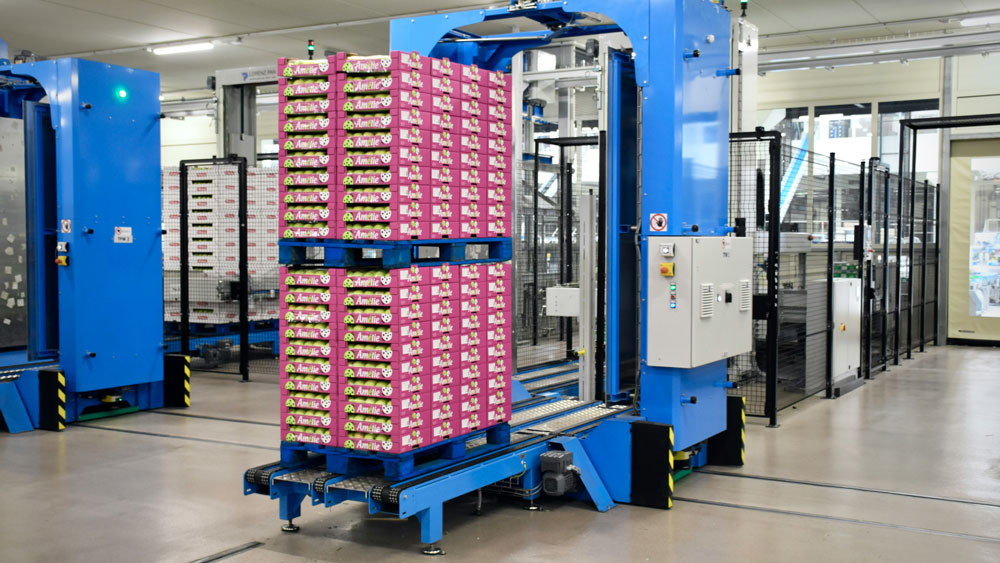Global-scale events have tested the bounds of supply chain systems. The coronavirus, for example, made it clear how critical an efficient supply chain is for continuity and survival. It’s a real-world example of how important it is to have an enterprisewide system that uses a quality management system (QMS) as the hub of truth.
|
ADVERTISEMENT |
Organizations that demonstrate poor control of supplier quality management (SQM) are likely struggling to manage risk effectively. Poor controls can result in audits, warning letters, injuries, recalls, and negative revenue.
This article looks at five common traits that, together, can enable high-performing supplier quality management practices in regulated industries.
…

Add new comment